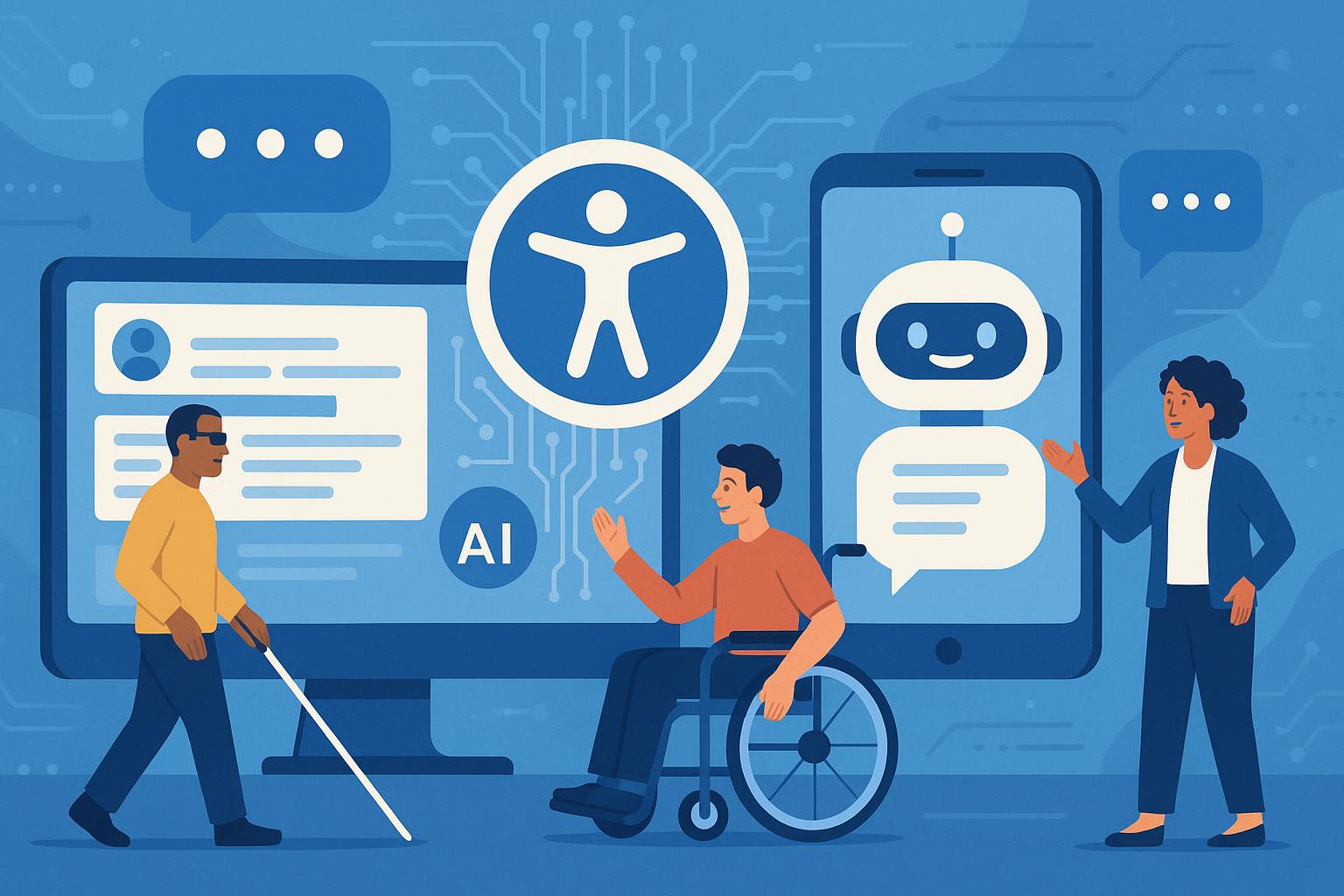The Automated Analyst: Transforming Financial Operations with AI Chatbots
The financial sector, known for its conservative nature and reliance on manual processes, is experiencing a significant transformation thanks to AI chatbots. These innovative tools are not only enhancing but, in many cases, replacing traditional user interfaces with more dynamic, intuitive, and responsive experiences in areas like expense tracking, invoice management, and financial reporting.
Introduction to AI Chatbots in Finance
AI chatbots, driven by sophisticated algorithms and large language models, are increasingly being integrated into financial systems. They provide personalized, instantaneous responses to user inquiries. These digital assistants excel in processing natural language, making them essential for professionals looking to streamline complex financial operations.
Enhancing Expense Tracking
Effective expense tracking is vital for maintaining budgetary control and financial health within organizations. AI chatbots facilitate this by engaging users conversationally, allowing for real-time expense logging and categorization. For instance, an employee might inform the chatbot, "I just spent $45 on office supplies," prompting the chatbot to automatically categorize the expense and update the financial records. This immediate processing not only saves time but also increases the accuracy of financial data.
Revolutionizing Invoice Management
Invoice management can be cumbersome, particularly for businesses handling numerous transactions. AI chatbots can automate several aspects of this process, from generating invoices to facilitating payment processing. Integration with accounting platforms like QuickBooks allows chatbots to create invoices from user interactions or send payment reminders to clients, thereby enhancing efficiency.
Streamlining Financial Reporting
Financial reporting is critical for informed decision-making. AI chatbots revolutionize this aspect by enabling on-demand, dynamic report generation. For example, a financial manager might ask, "What was our profit margin last quarter?" The chatbot can then instantly retrieve the relevant data, generate visual reports, and offer insights, simplifying complex data analysis.
Real-World Applications and Scenarios
Imagine a financial analyst querying an AI-powered chatbot integrated with market data feeds and internal financial systems about real-time stock performance or market trends. The chatbot could then present this information in detailed charts and graphs, making complex data easily accessible and understandable.
Extending Conversational UIs to Other Industries
- Healthcare: Patients could use chatbots to discuss symptoms or access lab results, enhancing the accessibility and personalization of healthcare services.
- Education: AI chatbots could act as personal tutors, helping students navigate learning materials and providing real-time assistance.
- E-commerce: Envision a shopping assistant that helps customers select outfits or build shopping carts through conversational interactions.
Challenges and Considerations
Despite their benefits, AI chatbots face challenges including maintaining user privacy, ensuring data accuracy, and handling complex user interactions. Additionally, technical design issues related to backend architecture and the ongoing need to train and update the underlying models pose significant challenges.
Conclusion: The Future of Financial Interactions
The integration of AI chatbots into financial operations marks a profound shift towards more agile, accurate, and user-friendly processes. As these technologies evolve, their potential to become pervasive across financial and other industries is immense. By adopting these tools, businesses can boost operational efficiency, enhance customer experiences, and make data-driven decisions swiftly and with greater precision than ever. The ongoing integration of these advanced technologies suggests a future ripe with innovation and improvement across all professional sectors.
In conclusion, AI chatbots are redefining how the financial sector operates, adapting to and meeting the evolving needs of modern businesses and consumers. This journey toward technological integration continues to unfold, promising even greater advancements and enhancements in professional services.












